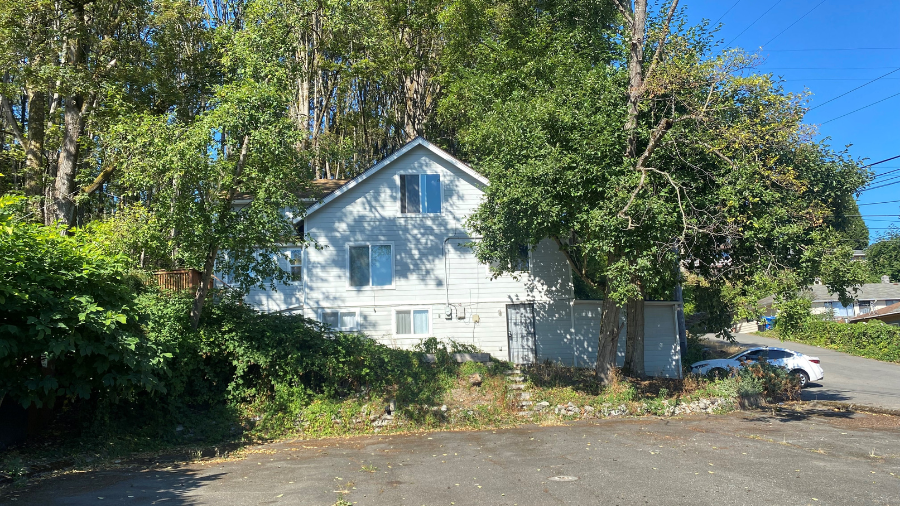New SDOT traffic report shows ‘slow death’ of Seattle driving
Dec 12, 2018, 2:18 PM | Updated: 4:37 pm

(AP)
(AP)
It’s the most wonderful time of year, when the Seattle Department of Transportation‘s releases their annual traffic report, which you can read while you’re not moving on the road.
The pressure to get people to abandon their cars like REM’s “Everybody Hurts” video has had mixed results. Cars on the road decreased by 1.8 percent from 2016 to 2017, while the number of commuters who drive alone decreased only 1 percentage point from 2017, to 51 percent, reported The Seattle Times.
“Here’s my question, just to point out the pure inefficiency of government,” said KIRO Radio’s John Curley, beginning a rant. “So we ordered four trains and we found out the trains didn’t fit on the tracks. Who got fired? In the business world, where you are driven by the bottom line and profitability, you would lose your job. It’s like a cancer.”
Are people biking and using transit more? Yes and no. Bike commuters dropped from 5 percent in 2014 to 2.8 percent in 2017, according to the U.S. Census Bureau’s 2017 American Community Survey. But transit ridership climbed to 25 percent of all commutes.
RELATED: SDOT reports 20 percent decrease in cyclists, blames weather
“The great thing about the private sector is that it takes a metastasized cancer of incompetence and removes it so the rest of the business can work effectively, unlike government, where you can spend billions on something and never deliver on time or on budget, you don’t lose your job.”
For Curley, this lack of responsibility undermines claims of improving efficiency in our transportation system, and simply is an effort to punish people who drive. “We spend billions of dollars because the Seattle City Council continually slam away. They don’t like you and your car and would rather have you on a bike.”
But for co-host Tom Tangney, it’s about attempting to stem potentially worse traffic problems. “This road diet business is anticipating the fact that we’re going to have hundreds of thousands of more people in town,” he said. “And we can’t all be in our cars, and because of that, we need to figure out ways for people to get around without their cars.”
The 2018 report comes after the 2017 traffic assessment, which also reported a 2.6 percent decline in bicycle ridership from 2015 to 2016. The 2016 report, however, reported a 14.5 percent increase in bike volume between 2014-15.
“What they really want is to make it as inconvenient as possible to be in your car. Why don’t they put metal spike strips down every quarter mile so it flattens your tires?” joked Curley. “That would force more people onto buses. This is just a slow death of people who drive because they’d rather have you on a bus or in a bicycle.”
RELATED: Seattle to kill 300 parking spots, 2 lanes, for bike lanes and no plan














